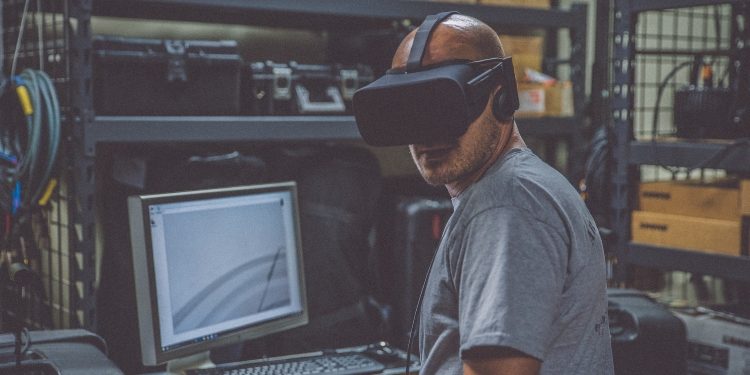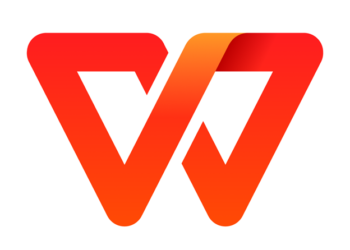In the wake of the technological revolution that swept across the whole world, the landscape of working sectors is one of the most interested by such a profound transformation. Society is facing an era of unprecedented advancements and opportunities, comparable – maybe – just with the industrial revolutions of XIX Century. Over the past few decades, the integration of the most advanced technologies available into various industries has profoundly redefined the very essence of work, accelerating growth and fostering unparalleled innovation.
Such a wide and dynamic paradigm aims not only to traditional practices, paving the way also for entirely new avenues of economic prosperity. The evolution of technology keeps revolutionize the way industries produce, distribute, and consume goods and services. That’s a very dynamic and unpredictable field to observe, in which tools like AI, big data and the Internet emerged as powerful catalysts for the empowerment of businesses, operations and efficiency. Obviously, the benefits of this technological metamorphosis extends among many sectors, permeating a myriad of industries and allowing them to foster always new solutions to change the world. In the next paragraphs, we are going to explore some of the fields in which technology permeated the most, applying important changes to the production and consumption process.
Tech Innovations: Pioneering the Future
In an era in which technological advancements have become the driving force behind progress, the most innovative providers stand as the vanguard of a promising future. That’s why the most involved industries in the production and distribution of groundbreaking inventions and highly advanced devices stand out as the most promising and efficient realities that drive the revolution of these years. As businesses and individuals embrace modern technologies, their boundaries of possibility continue to expand, as well as the development of new instruments and software capable of redefine the way we live, work, and interact with the whole world.
Sustainable Solutions: Building a Greener Tomorrow
In the middle of such a wide and dynamic paradigmatic revolution, topics like the sustainability of future are not left out at all. Coming out from decades of unresponsible resource consumption, nowadays industries are far more concerned compared to the past about the ecology behind their production processes. That’s why the quest for sustainable development became a strong driving force for companies that are constantly researching new solutions to reduce waste and push for greener alternatives or their supply chains. The industries involved in the development of digital tools and machinery useful to achieve such a goal are among the most highlighted in the digital transformation’s world. An example of an industry involved in the development of digital tools and machinery to achieve sustainable goals is the renewable energy sector. In recent years, there has been significant growth in the adoption of renewable energy sources like solar, wind, and hydropower. To harness these clean energy sources efficiently, advanced digital technologies are employed.
For instance, companies in the renewable energy sector use sophisticated AI-powered algorithms to optimize the operation and maintenance of solar farms or wind turbines. These algorithms analyze data from various sensors and weather forecasts to predict energy production patterns and adjust the systems accordingly. This not only maximizes energy output but also minimizes waste and reduces the impact on the environment.
Artificial Intelligence: Revolutionizing Industries
The advent of artificial intelligence unleashed a wave of transformative potential across various sectors. AI is one of the most discussed and appreciated technologies not only in the industrial field. In fact, AI-powered systems have the capacity to process massive amounts of data and perform on very intensive tasks easily and quickly.
Here are some key aspects of AI and its impact on different sectors:
Data Processing and Analysis: AI-powered systems have the ability to process massive amounts of data quickly and efficiently. This is particularly valuable in industries where data plays a crucial role, such as finance, healthcare, marketing, and logistics. AI algorithms can analyze large datasets to uncover patterns, trends, and insights that were previously challenging or impossible for humans to discern.
Automation and Efficiency: AI enables automation of repetitive and mundane tasks, freeing up human resources to focus on more complex and creative aspects of their work. This increased efficiency can lead to significant cost savings and enhanced productivity in industries ranging from manufacturing and customer service to agriculture and transportation.
Healthcare and Medicine: AI is transforming the healthcare sector by improving diagnostic accuracy, drug discovery, and patient care. AI-driven medical imaging systems can assist in early detection of diseases, while AI-powered chatbots can provide basic medical advice and support. Additionally, AI can analyze vast amounts of medical research data to identify potential treatments and cures for various diseases.
Natural Language Processing (NLP): NLP allows machines to understand and interpret human language. This technology is instrumental in voice assistants, language translation, sentiment analysis, and text summarization. NLP also plays a vital role in AI-powered chatbots, making interactions with machines more human-like and effective.
Environmental Monitoring and Sustainability: AI can be utilized for environmental monitoring and resource management. For example, AI-powered systems can analyze satellite data to track deforestation, predict climate patterns, and optimize energy consumption.
Transforming Healthcare and Beyond
One of the most peculiar and complex fields in which digital transformation penetrated deeply is healthcare. An example of the transformative potential of artificial intelligence (AI) can be seen in the healthcare industry, particularly in medical image analysis. Medical imaging, such as X-rays, CT scans, and MRIs, produces vast amounts of complex data that require careful analysis for accurate diagnosis and treatment planning. Traditionally, radiologists and other medical experts would manually review and interpret these images, which could be time-consuming and subject to human error. In the pharmaceutical industry, furthermore, precision is a crucial factor. That’s why digital instruments were capable of optimizing the research and production fields. Read more on Last Technology’s website.
Embracing Opportunities in the Dynamic Global Landscape
Coming to the end of our discourse on innovation in the global landscape, we can clearly agree that, nowadays, businesses – as well as society itself – is facing a constant innovation process which is proceeding quickly, making an imperative to adapt and embrace emerging opportunities with optimism and positiveness in its regards.
David Prior
David Prior is the editor of Today News, responsible for the overall editorial strategy. He is an NCTJ-qualified journalist with over 20 years’ experience, and is also editor of the award-winning hyperlocal news title Altrincham Today. His LinkedIn profile is here.











































































